- The data have WCS issues identical to those seen in MIPS-100 - see that analysis write-up for details.
Abstract
This task is similar to the routine 24µm flux calibration, mips-920. The main difference is that this task is executed 5 times in a row to look for calibration variations on a rapid timescale. The target is the same as mips-920, HD159330. The calibration derived from these observations is similar to the previous campaign, 1.49e5 DN/s/Jy. The count levels in the stimulator data are similar to the previous campaign.Analysis
The data were processed with version 2.15 of the DAT, using the campaign E dark and flat images and turning off the rowdroop correction. A centroid measurement and aperture photometry was performed on the star in each of 150 DCEs. These data were used to derive a flux calibration. The data were coadded to make a mosaic, which was examined for background sources or other problems which would bias the flux measurement.
Results
Data Collected
As expected, this task generated a total of 150 Si:As DCEs on the star and 50 more in the stim IERs. An offset list for the series of DCEs on the star was generated by centroiding on the star in each image, using IRAF's imexam task. This centroid list was used to generate an offset list for mips_enhancer, which was used to create the mosaic in Figure 1. The offset list was required because the WCS parameters do not accurately reflect the pointing.
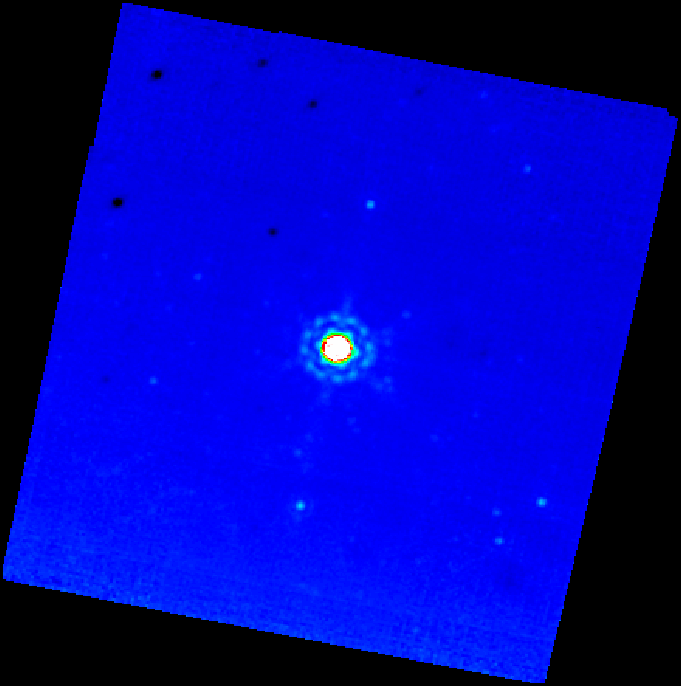
Figure 1: Mosaic of 150 images of HD159330,
displayed in a log scale.
System Throughput
I computed the total counts from the star in all 150 DCEs, in a fashion identical to the analysis for mips-920. The counts are 6.974e+04 +/- 1.028e+03 (1.5%) DN/s, and the distribution is shown in Figure 2. There appears to be a slight upward trend in the counts, but this doesn't seem significant given the scatter in the data. If the scatter in the data can be reduced (e.g., perhaps a distortion correction can improve things?), it may be possible to measure a trend in the counts, but for now I conclude that the instrument is very stable on timescales of a few minutes.
I computed an aperture correction for an aperture this size of 1.15, using a model PSF from Tiny Tim. The flux for the target star (HD159330) is 0.54 Jy at 24µm, so the ratio of DN/s to Jy is 6.974e4 * 1.15 / 0.54 = 1.49e5. This conversion factor differs by 0.17% from that measured in campaign D2. The calibration has hardly changed between campaigns D1 and E, suggesting the instrument is also stable from campaign to campaign.
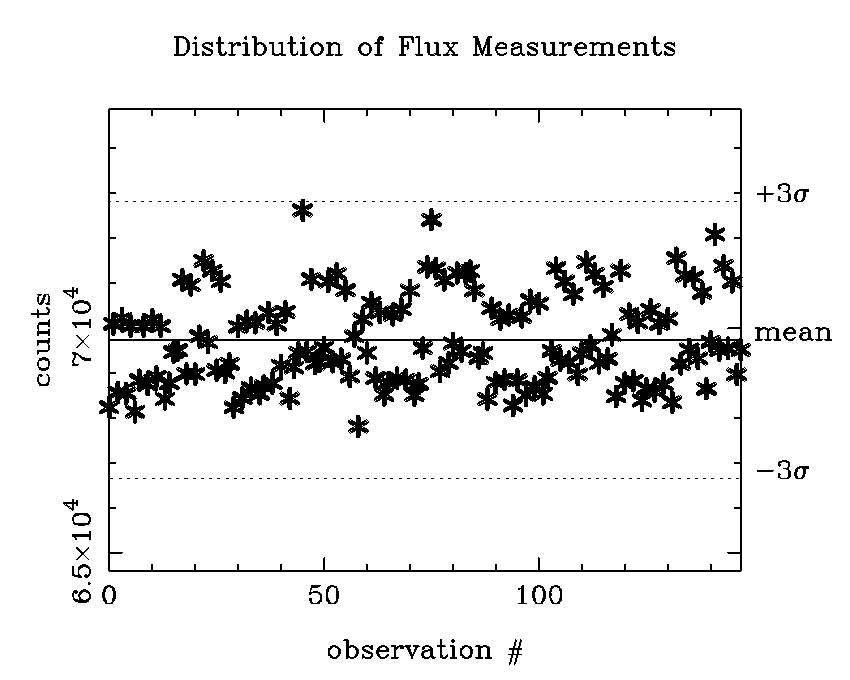
Figure 2: Counts for HD159330 as a
function of DCE number.
Stimulator
The stimulator IER behaved as expected, producing 3 dark DCEs followed by 7 images of the flat-field stimulator. The data were processed with mips_sloper in a fashion identical to that described above for the sky images. The stimulator images were averaged, and this image of the stimulator is shown in Figure 3, while the histogram of the data values is shown in Figure 4. The mean data value in the stimulator image is 3173 DN/s, 1.5% higher than in the previous campaign. As shown in Figure 5, these observations also show the increase in signal with DCE number (seen in campaign D2) for each of the 5 stimulator measurements. This behavior is still being investigated, too.
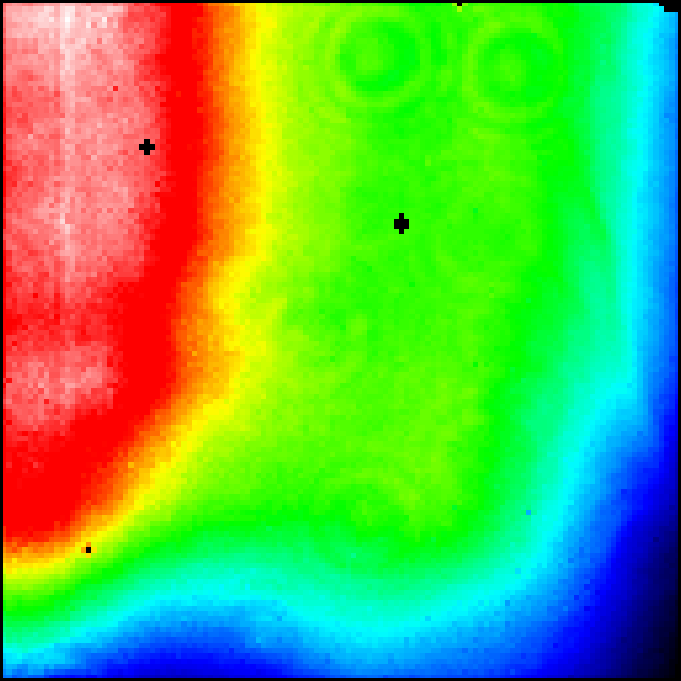
Figure 3: Flat-field stimulator image.
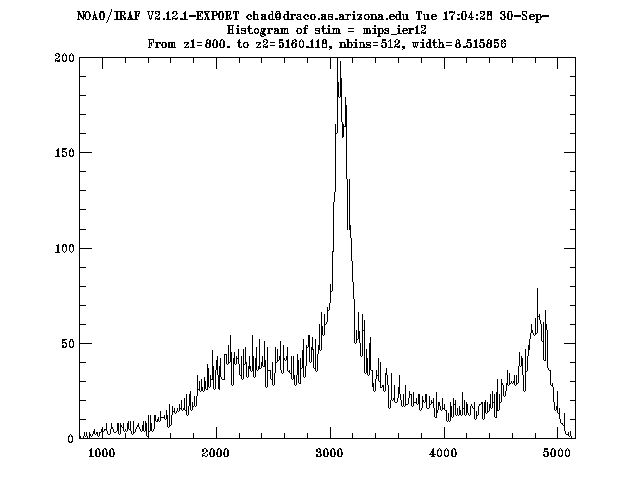
Figure 4: Histogram of stimulator image
counts.
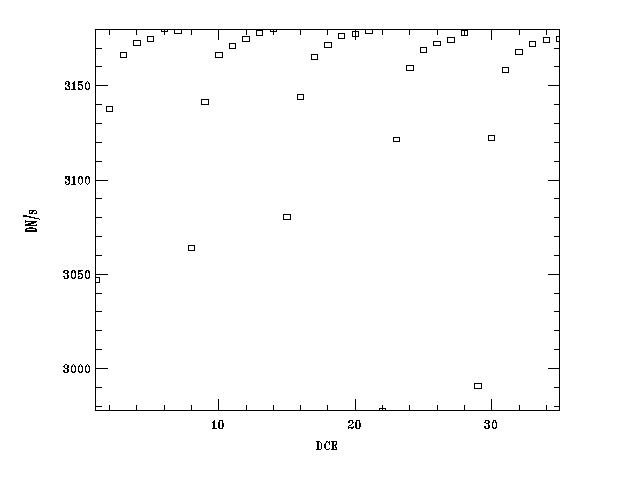
Figure 5: Trend of mean data values in
the 35 stimulator DCEs.
Conclusions
- The flux calibration matches that from D1 and D2
- Both the short and long-term stability of the Si:As array appears to be good
Output and Deliverable Products
The flux calibration is delivered in this writeup. The calibration images and mosaic are available should they be needed.